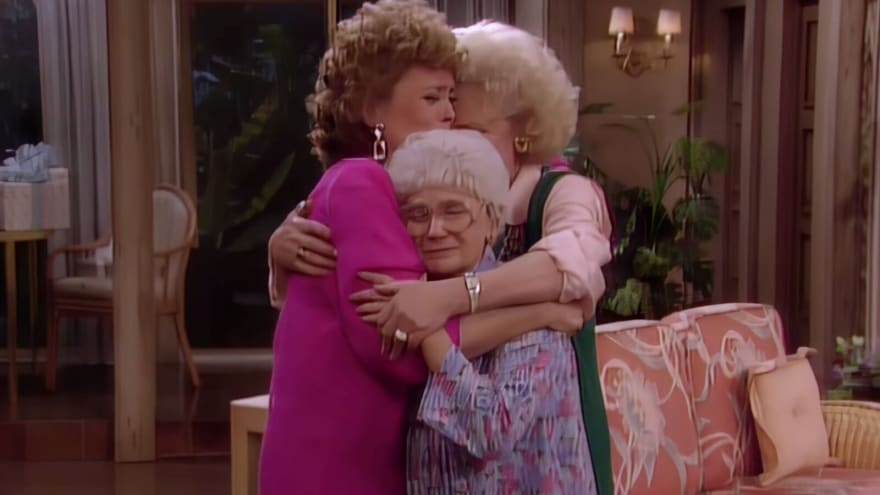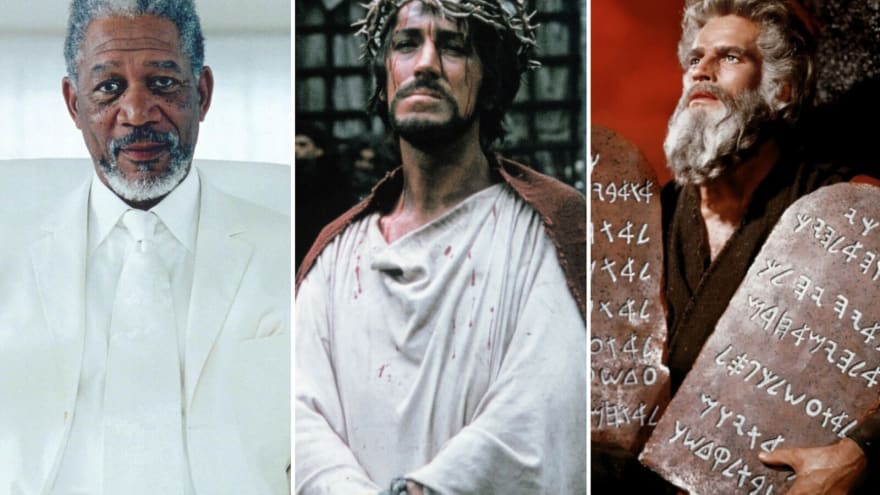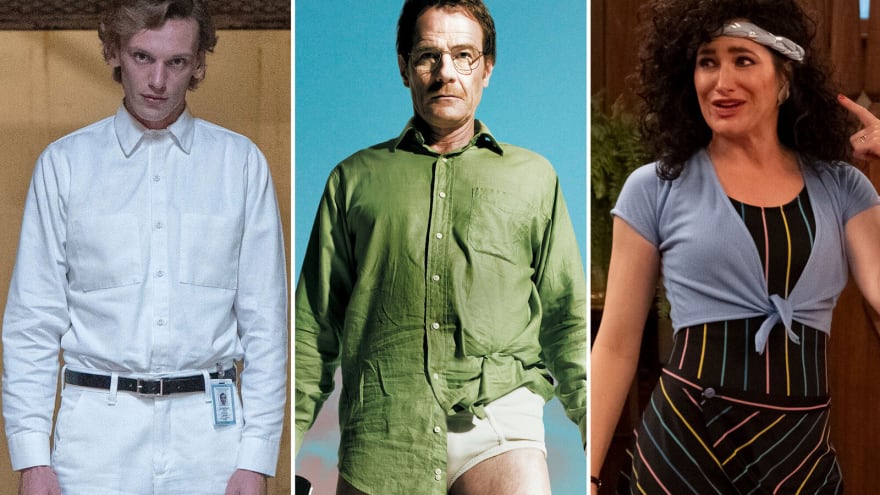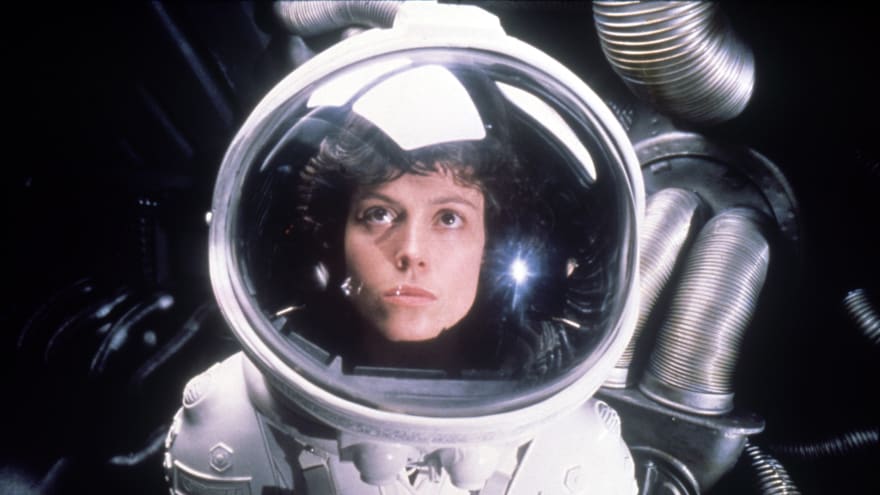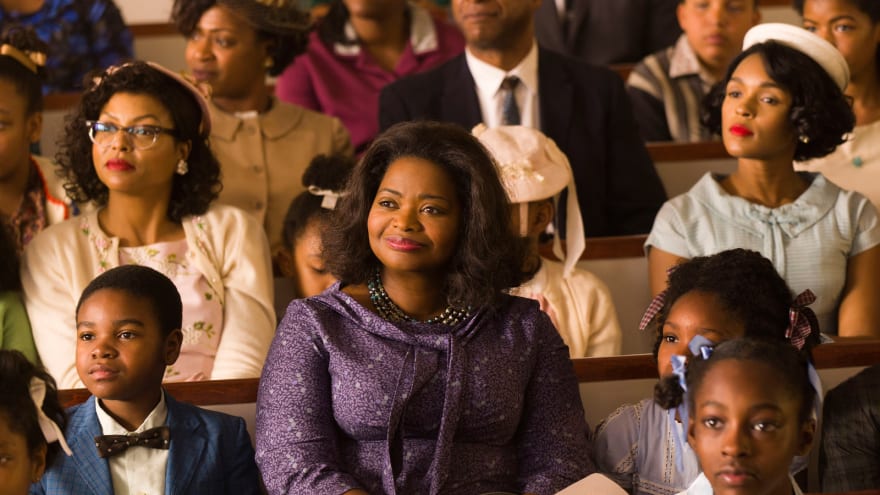20 iconic TV shows with notable feuds among the cast
If there’s one thing that fans of TV love almost as much as the shows themselves, it’s the drama and gossip that often surrounds production.
20 successful TV shows that were knockoffs of other shows
Sometimes, knockoffs manage to become something special in their own right, while at others, they never quite break free of the shadow of the shows they were imitating.
20 beloved characters who actually committed a serious crime
While antiheroes are by definition capable of either committing crimes or at least behaving in a way that goes beyond the bounds of the morally acceptable, there are some more lovable — or at least likable — characters who are guilty of committing crimes.
Who are the 20 showrunners behind iconic hit TV shows?
Recent entertainment history is filled with examples of great showrunners, many of whom were actually able to produce more than one successful show.
20 TV shows where the original leads faded into the background
Television, even more than film, has the remarkable ability to shift and change as it goes on, giving characters the chance to grow, develop, and change, just as do people in the real world.
The 20 saddest TV finales that had viewers crying like a baby
Sitcoms particularly excel at creating sad endings since it’s often quite wrenching to say farewell to characters that audiences have come to love and care about. At the same time, many dramas have also produced some very sad finales, many of which show how the characters have, or haven’t, changed during the course of the show.
20 A-list actors who were once everywhere and then suddenly disappeared
Unfortunately, recent Hollywood history is full of stars who were everywhere but subsequently largely disappeared from popular consciousness, revealing just how ephemeral success can be in entertainment and how nothing is ever really guaranteed.
The 20 most memorable depictions of God in films
God is almost impossible to render in a way that doesn’t seem limiting or downright blasphemous. Despite this, several movies have actually sought to depict this figure in one way or another, often with reverence but sometimes with comedy and sometimes outright mockery.
20 TV shows that pulled off jaw-dropping secret identity reveals
Even the simplest of people often have more going on with their lives and their identities than one might assume at first glance. Quite a few people in TV, it seems, are not at all what they seem.
The 20 most fascinating villain origin stories from the film world
At their best, villain origin stories help flesh out the psychologies and motivations of the antagonist, showing that darkness usually has some sort of root. Moreover, these films demonstrate why villains almost always become more fascinating than the heroes they oppose.
The 20 grossest horror movies
While many such films fall into the category of body horror, several other horror movies aim to gross out their audiences as much as they do to frighten them.
Good grief: 20 films that can help viewers process trauma
The best films that contend with trauma also demonstrate how much this is a key part of many people’s experiences, giving viewers more nuanced and poignant understanding of the role it plays in human psychology.
20 iconic film plots that are driven by obsession
The best movies driven by obsession keep viewers riveted and glued to the edge of their seats, even as they are also cautionary tales about how obsession can destroy lives and leave wreckage in its way.
The 20 greatest Canadian TV shows
From sketch comedy to drama, documentaries to sitcoms, several notable Canadian series have succeeded in the country itself and the rest of the world, particularly the United States.
20 TV retcons that were absolutely maddening for viewers
Short for “retroactive continuity,” these are essential facts about a character or a show's mythology that is changed from one episode, one season, to another. TV history is filled with several particularly egregious retcons that still outrage fans.
The 20 most iconic depictions of hell in movies and TV
Movies and TV shows have sought to explore the more sinister side of the afterlife with their depictions of hell and Hades. While some of these have tended to the comedic, others haven’t shied away from showing the true horror of what waits for many after death.
The 20 best sci-fi movies and TV shows based on books
As a genre of literature, science fiction has always been adept at grappling with issues that feel present yet distant. It’s thus unsurprising that the cinema and TV would turn to the genre in search of compelling and fascinating stories to tell, and some of the most exciting films and series would draw on sci-fi novels for inspiration.
20 iconic horror movies you can watch year-round
Unsurprisingly, there is a strong connection between horror films and Halloween, which explains why the genre always experiences a resurgence during autumn. However, several horror movies can be enjoyed throughout the year.
Legend has it: The 20 greatest mythology-based TV shows
While many of the most notable myth retellings have appeared on the big screen, several TV shows — drama and comedy — have looked to various mythological traditions to tell exciting, and sometimes deeply moving, stories to modern audiences.
Best served cold: 20 iconic revenge scenes
The best payback scenes are those that provide both the audience and the characters a sense of catharsis, a feeling that, no matter how bad things are and how much the bad guys might seem poised to win, there is some justice in the universe that will see them get their just desserts.
20 long movies that are worth their runtimes
Brevity might be the soul of wit, but this doesn’t always apply to films. In many cases, longer runtimes allow these types of films to explore issues and characters in greater depth than possible in a more limited temporal frame.
20 film endings that leave the viewers in shambles
A solid ending can rescue even a mediocre film. It’s also true that the best horror films have an ending that leaves the audience feeling deeply disconcerted.
Slow your role: 20 actors who brought down the whole film
It’s a rule of Hollywood that even a good film can often be brought down by an actor's performance that isn’t up to the level of the people around them. As such, these various bad performances are a reminder of how important proper casting is to the success of any film.
The 20 best movies and TV shows featuring Black women
The experiences and lives of Black women have often been overlooked in Hollywood, but in recent decades, this has thankfully begun to change.
20 movies that make people paranoid
Several extraordinary films have encouraged viewers to be more than a little paranoid about the world around them and, very often, even their sense of self and identity. These are the types of films that perfectly capture all of the angst and paranoia of the 20th and 21st centuries.



